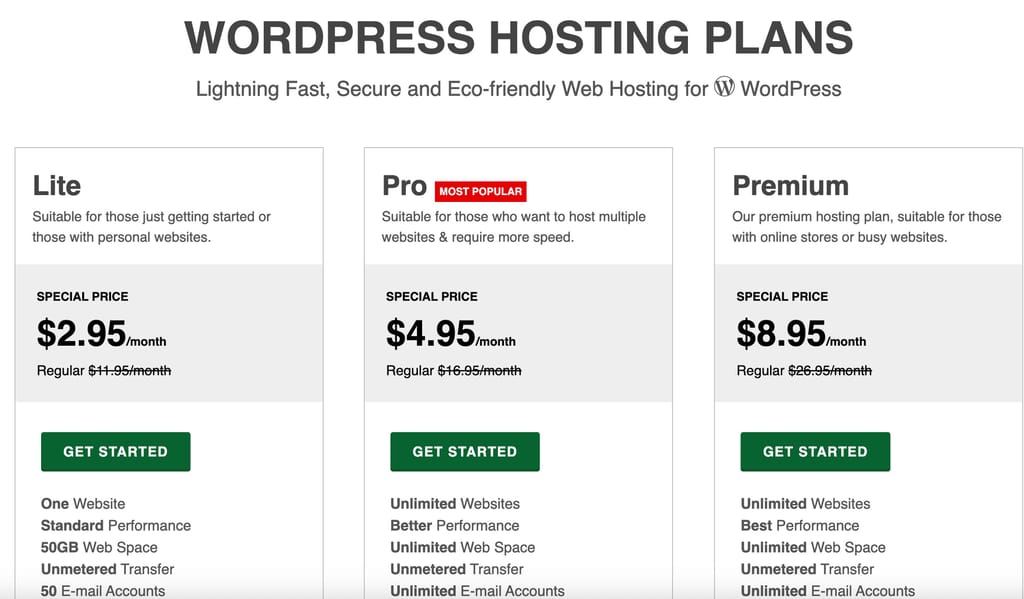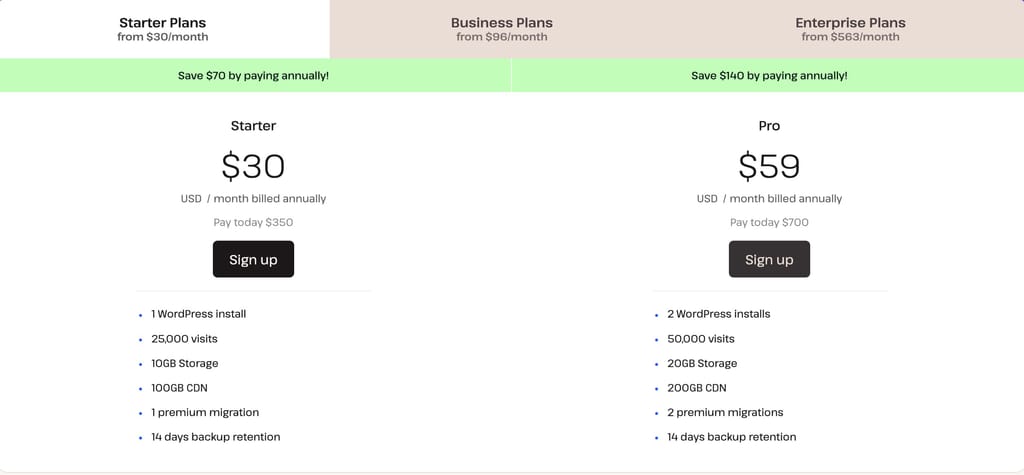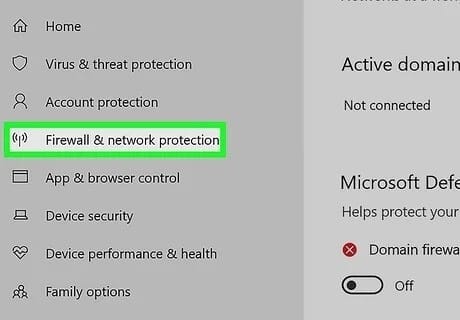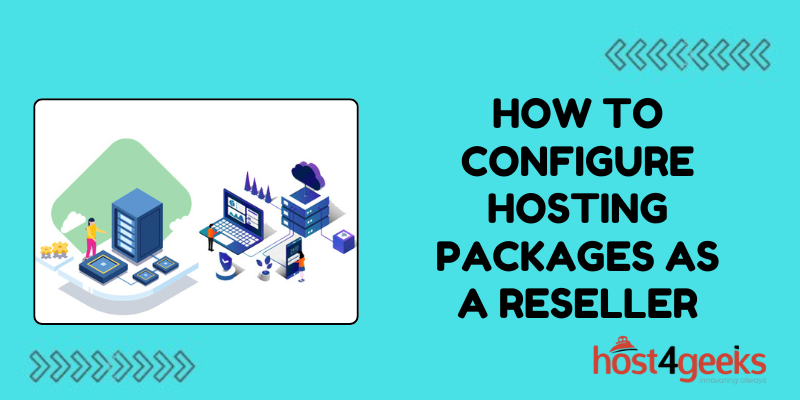In the competitive landscape of web hosting, resellers play a crucial role by bridging the gap between large hosting companies and end users. Configuring hosting packages as a reseller involves crafting tailored solutions that meet diverse customer needs while ensuring profitability and efficient resource management. This process is not just about allocating space and bandwidth; it’s about creating value, fostering customer loyalty, and building a sustainable business model. The significance of configuring hosting packages lies in its potential to differentiate your services in a crowded market, attract a variety of customers, and scale your business effectively. Let’s delve into the strategies for configuring hosting packages and understand how to implement them effectively.
Strategies for Configuring Hosting Packages
Configuring hosting packages as a reseller involves several systematic steps to ensure you offer valuable, competitive, and scalable solutions to your customers. Here’s a detailed step-by-step guide:
Step-by-Step Configuration Process
Step 1: Market Analysis and Customer Segmentation
- Conduct Market Research:
- Surveys and Polls: Use online surveys or polls to gather data on what potential customers need from a hosting provider.
- Competitive Analysis: Analyze what competitors are offering and identify gaps in the market.
- Identify Customer Segments:
- Segmentation: Divide your potential customer base into segments such as individual bloggers, small businesses, e-commerce sites, and large enterprises.
- Needs Assessment: Understand the specific needs of each segment in terms of storage, bandwidth, security, and support.
Step 2: Define Hosting Packages
- Create Basic Package:
- Storage and Bandwidth: Allocate a modest amount of storage and bandwidth suitable for beginners.
- Features: Include basic features such as a limited number of email accounts, basic website builders, and essential security features.
- Create Standard Package:
- Increased Resources: Provide more storage and higher bandwidth compared to the basic package.
- Additional Features: Offer advanced features such as SSL certificates, daily backups, and more email accounts.
- Create Premium Package:
- Extensive Resources: Allocate large amounts of storage and bandwidth suitable for high-traffic websites.
- Premium Features: Include enhanced security measures, unlimited email accounts, priority support, and additional services like SEO tools and advanced analytics.

Step 3: Set Pricing
- Competitive Analysis:
- Pricing Comparison: Review the pricing of similar packages offered by competitors to ensure your prices are competitive.
- Value Proposition: Justify your pricing with the unique features and value-added services you offer.
- Determine Profit Margins:
- Cost Calculation: Calculate the costs involved in providing each package, including server costs, software licenses, and support.
- Pricing Structure: Set prices that cover your costs and provide a reasonable profit margin while remaining attractive to customers.

Step 4: Resource Allocation and Scalability
- Resource Management:
- Server Resources: Ensure that your server infrastructure can handle the resources allocated to each package.
- Monitoring Tools: Use monitoring tools to keep track of resource usage and ensure optimal performance.
- Scalability:
- Upgrade Options: Allow customers to easily upgrade their hosting plans as their needs grow without downtime.
- Flexible Plans: Design packages that can be scaled up or down based on customer requirements.
Step 5: Integrate Security Features
- Basic Security:
- SSL Certificates: Include SSL certificates in all packages to ensure data encryption and security.
- Firewalls: Implement basic firewall protection to safeguard against common threats.
- Advanced Security:
- Regular Backups: Offer daily or weekly backups to protect customer data.
- Malware Protection: Provide malware scanning and removal services as part of the package.

Step 6: Enhance Customer Support
- 24/7 Support:
- Support Channels: Offer support through live chat, phone, and email to ensure customers can reach you anytime.
- Response Time: Aim for quick response times to address customer issues promptly.
- Knowledge Base:
- Documentation: Create a comprehensive knowledge base with guides, FAQs, and tutorials.
- Self-Help Tools: Provide tools and resources that allow customers to troubleshoot and resolve common issues on their own.
Step 7: Implement Marketing and Promotions
- Introductory Offers:
- Discounts: Provide initial discounts or free trial periods to attract new customers.
- Bundles: Offer bundled services at a reduced price to add value.
- Referral Programs:
- Incentives: Encourage existing customers to refer new clients by offering incentives such as discounts or free services.
- Content Marketing:
- Blogs and Webinars: Create informative content that highlights the benefits of your hosting packages.
- Social Media: Use social media platforms to promote your services and engage with potential customers.
Step 8: Utilize Automation and Performance Monitoring
- Automation Tools:
- Billing and Account Setup: Implement automated billing and account setup processes to reduce manual effort and errors.
- Resource Management: Use tools to automate resource allocation and monitor usage.
- Performance Monitoring:
- Uptime Monitoring: Continuously monitor server uptime and performance.
- Issue Resolution: Quickly address any performance issues to maintain high uptime and customer satisfaction.

Step 9: Gather and Act on Customer Feedback
- Feedback Mechanism:
- Surveys and Reviews: Regularly collect feedback from customers through surveys and reviews.
- Feedback Analysis: Analyze the feedback to identify areas for improvement.
- Continuous Improvement:
- Package Adjustments: Make necessary adjustments to your hosting packages based on customer feedback.
- Service Enhancements: Continuously enhance your services to meet evolving customer needs.
Effective Implementation of Strategies
- User-Friendly Control Panel
- Implement a user-friendly control panel like cPanel or Plesk to make it easy for customers to manage their hosting accounts. This reduces the dependency on customer support and enhances the user experience.
- Automation Tools
- Use automation tools for billing, account setup, and resource management. Automation reduces manual errors, speeds up processes, and ensures a seamless customer experience.
- Performance Monitoring
- Continuously monitor server performance to ensure optimal uptime and quick resolution of any issues. High uptime guarantees customer satisfaction and trust in your services.
- Feedback Mechanism
- Establish a feedback mechanism to regularly gather customer input on their hosting experience. Use this feedback to make necessary adjustments and improvements to your packages.
By implementing these strategies thoughtfully and effectively, you can configure hosting packages that meet a wide range of customer needs, stand out in a competitive market, and build a robust, scalable reselling business. The key is to balance resource allocation, pricing, and customer support to create packages that offer real value and foster long-term customer relationships.

